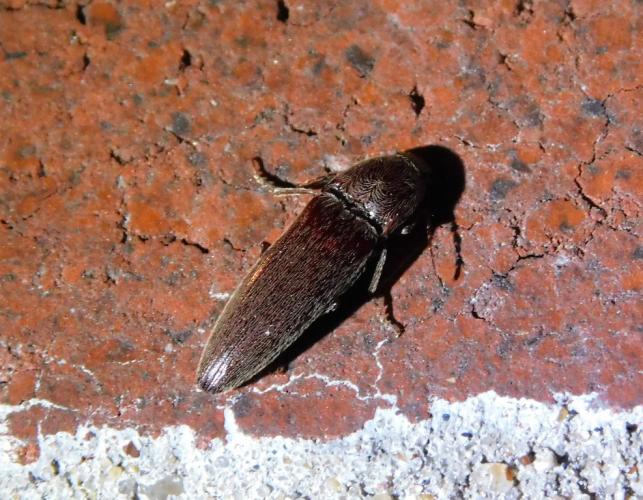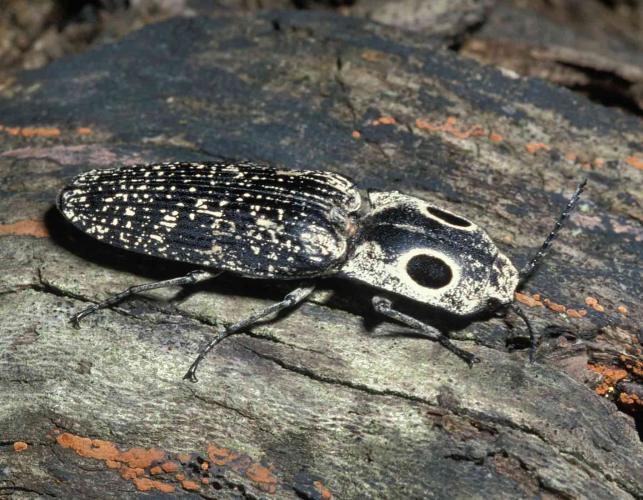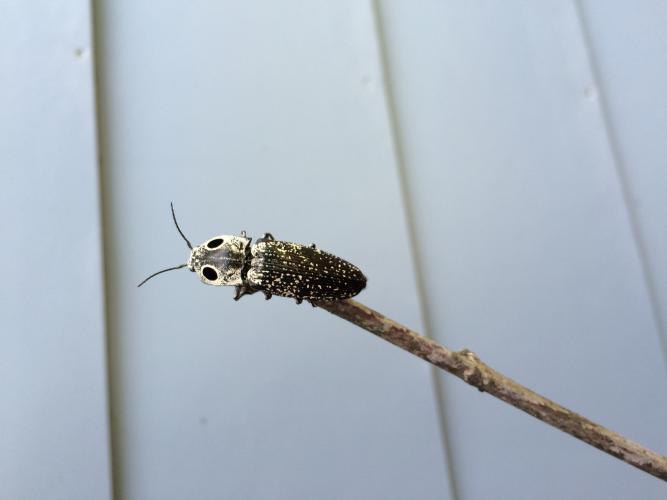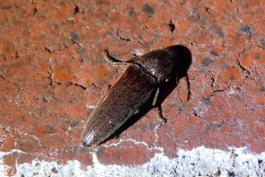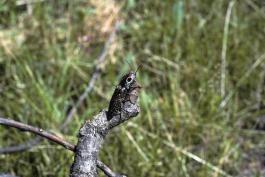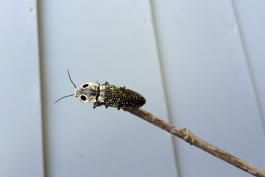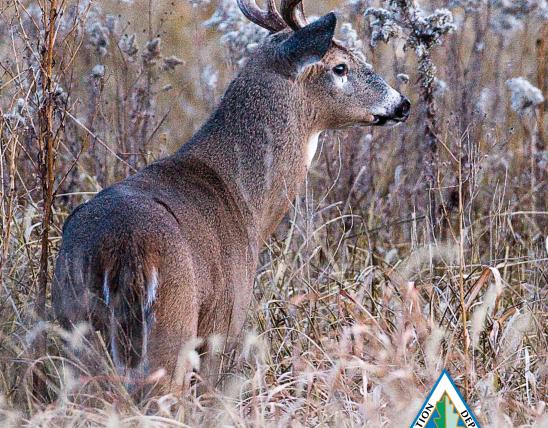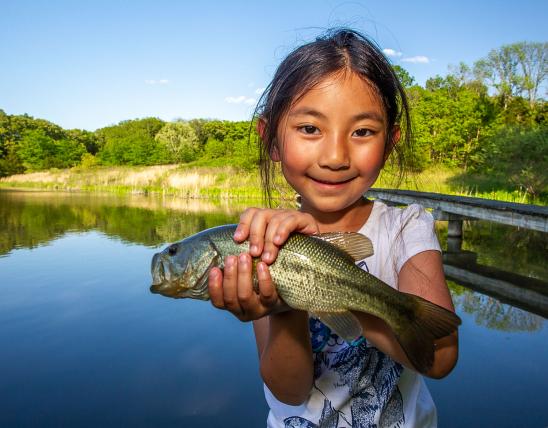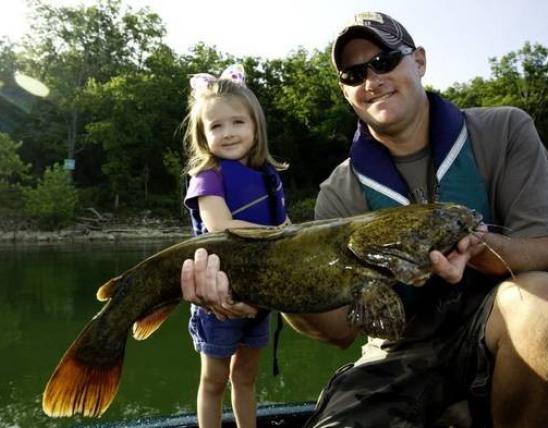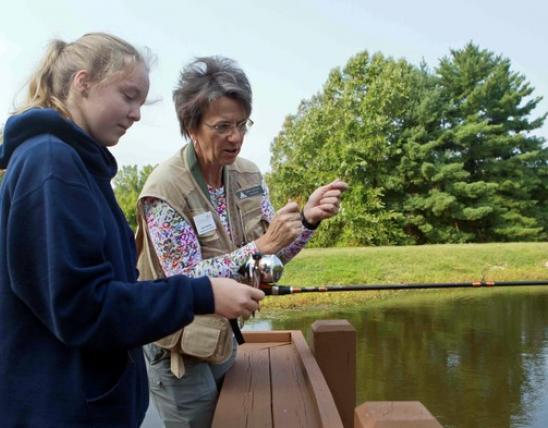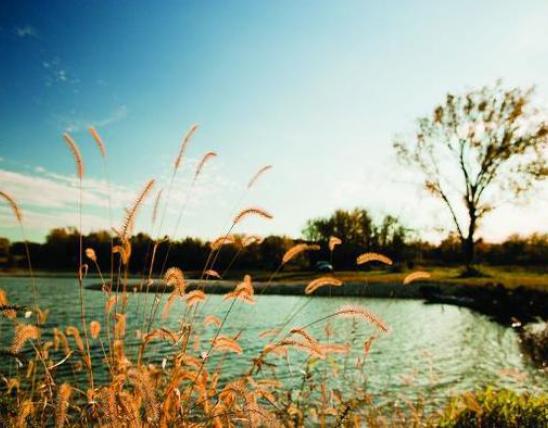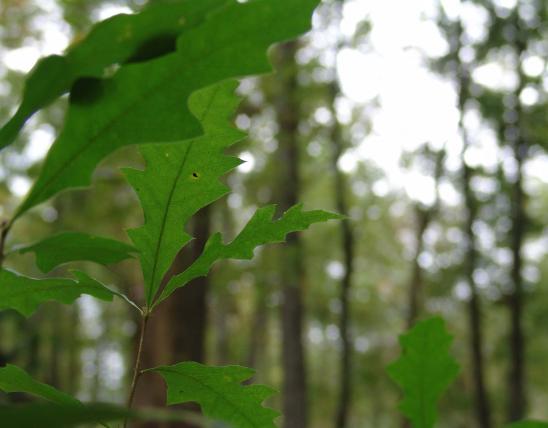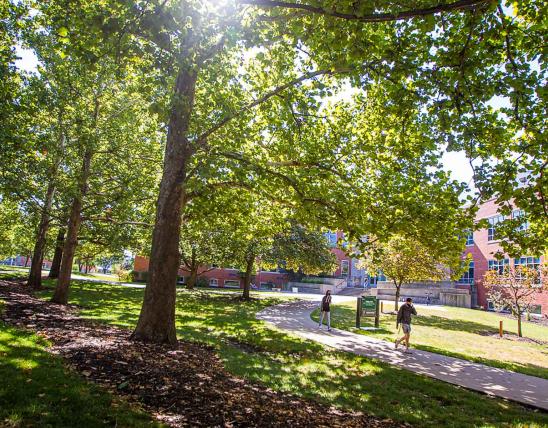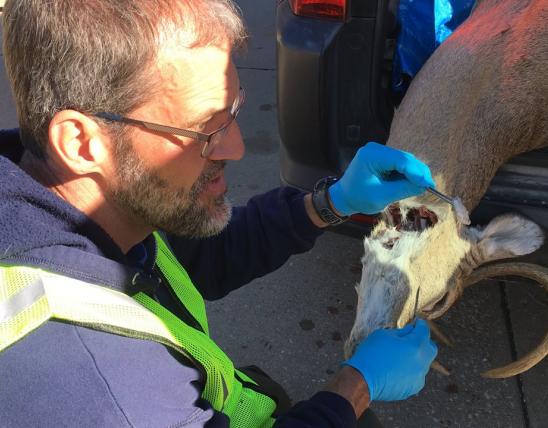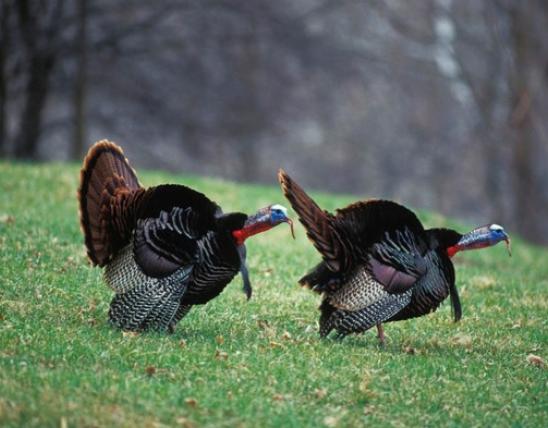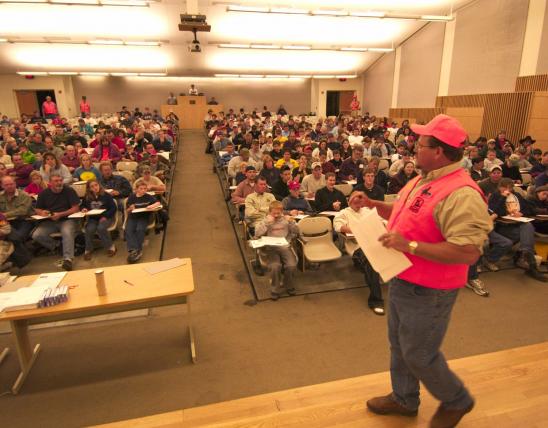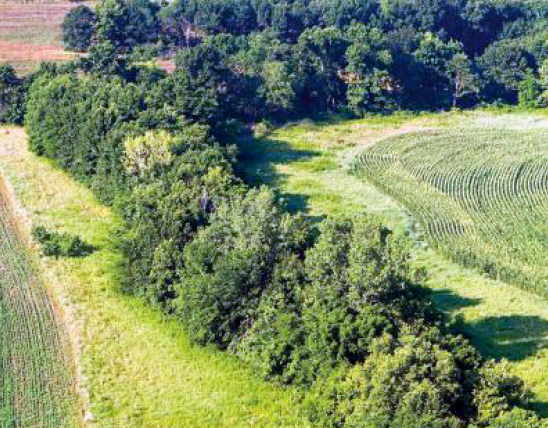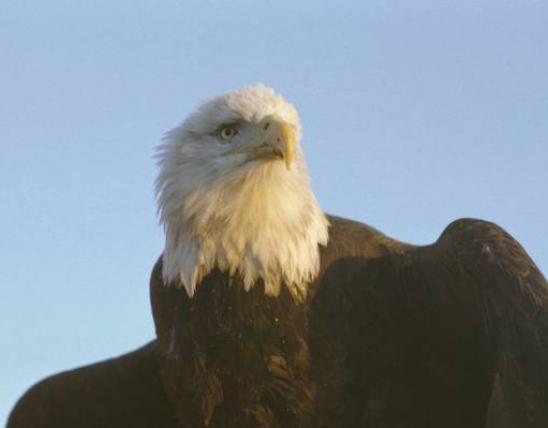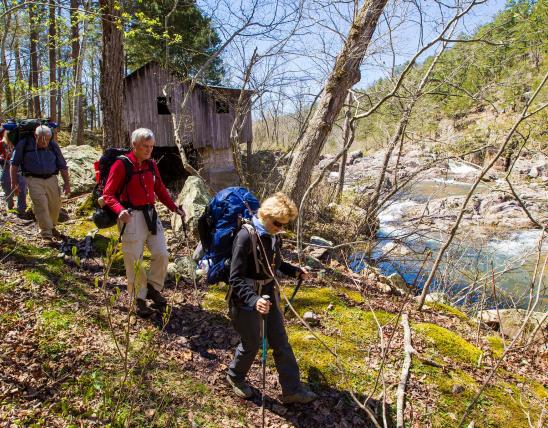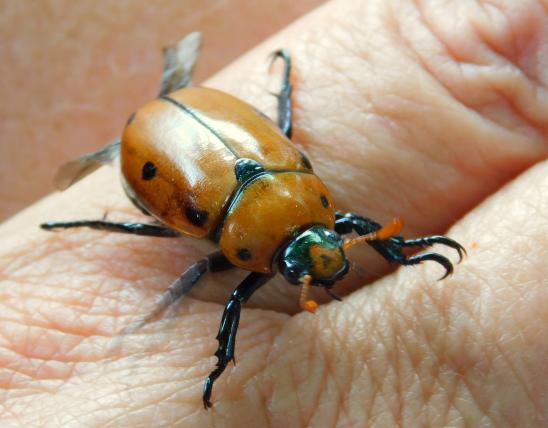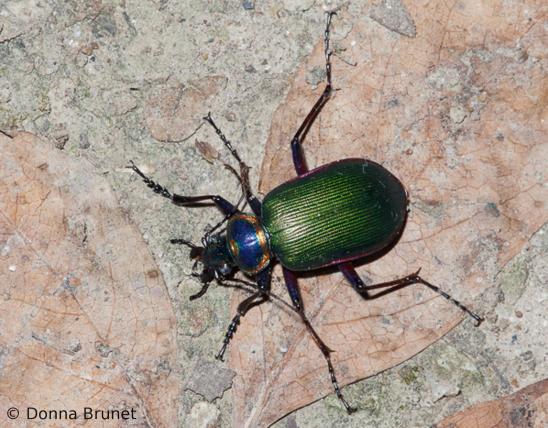
Click beetles are long, narrow, and rounded or tapered at each end. The sides are fairly parallel. Most are drab brown, black, or gray, some with interesting patterns. The pronotum (shieldlike portion between the head and wing covers) is extended on each side, pointing to the rear. The antennae are usually serrate (the segments looking sawtoothed), or threadlike or with little combs at the tip.
Behavior helps identify click beetles. By snapping a spinelike structure into a groove on the underside of the thorax (beneath the pronotum), click beetles that find themselves on their backs can flip suddenly into the air. This startles predators and helps click beetles escape, in addition to helping them get back on their feet.
The larvae are thin, wormlike, shiny, hard-bodied, and segmented. Called wireworms, they have 6 tiny legs and are tan, whitish, or brownish. They look a bit like the mealworms sold at bait and pet shops, or like soil centipedes that have only 6 legs.
Length: to 2½ inches; most are less than 1 inch (varies with species).

Statewide.
Habitat and Conservation
Adult click beetles are mostly nocturnal, living near plants or under bark, but they are commonly attracted to lights at night. Sometimes you see them in the morning, resting on the side of a house where a light had been on all evening. Larvae live in soil, in rotting logs, and other protected places where the food of their species abounds.
Food
Adults, if they eat at all, eat plant materials, including nectar, plant juices, foliage, and other plant materials. The larvae must grow, however, and they eat different foods depending on species. Some eat decaying materials in rotting logs or in soil. Some, living in soil, eat seeds, sprouts, and roots of plants. Some eat the larvae of other beetles, such as the grubs of longhorned beetles that inhabit rotting wood.
Status
Common. The wireworms of some species eat roots or seeds and are major crop pests, damaging root crops such as beets, potatoes, carrots, and onions; lettuce, snap beans, melons, peas, and strawberries; grains including corn and wheat; and cotton. It’s hard to stop an infestation once it’s started. Crop rotation helps. In fall, clear out old plants, cultivate the soil strategically, and plant winter cover crops. Consult state agricultural extension services for more info on wireworm control.
Life Cycle
Like other beetles, click beetles start out as eggs, hatch into wormlike larvae, pupate, then become adult beetles. Click beetle eggs are laid in the habitat where larvae will prosper best — in soil, on rotting logs, and so on — and the larvae live, feed, and grow for 1 to 4 years before pupating and becoming adults.
Human Connections
Click beetles are simply fascinating, with their smooth, streamlined shapes and clicking/flipping behavior. Economically, their effect is mixed, with the larvae of some species feeding on the roots of crops, and the larvae of others enriching soils or preying on the larvae of injurious grubs.
Ecosystem Connections
As larvae, some click beetles eat decaying materials and enrich the soil. Others help control other insects by preying on their larvae. Others help limit plant growth by grazing on seeds or roots. Adults are eaten by larger animals, though the click behavior can help them avoid that fate.
